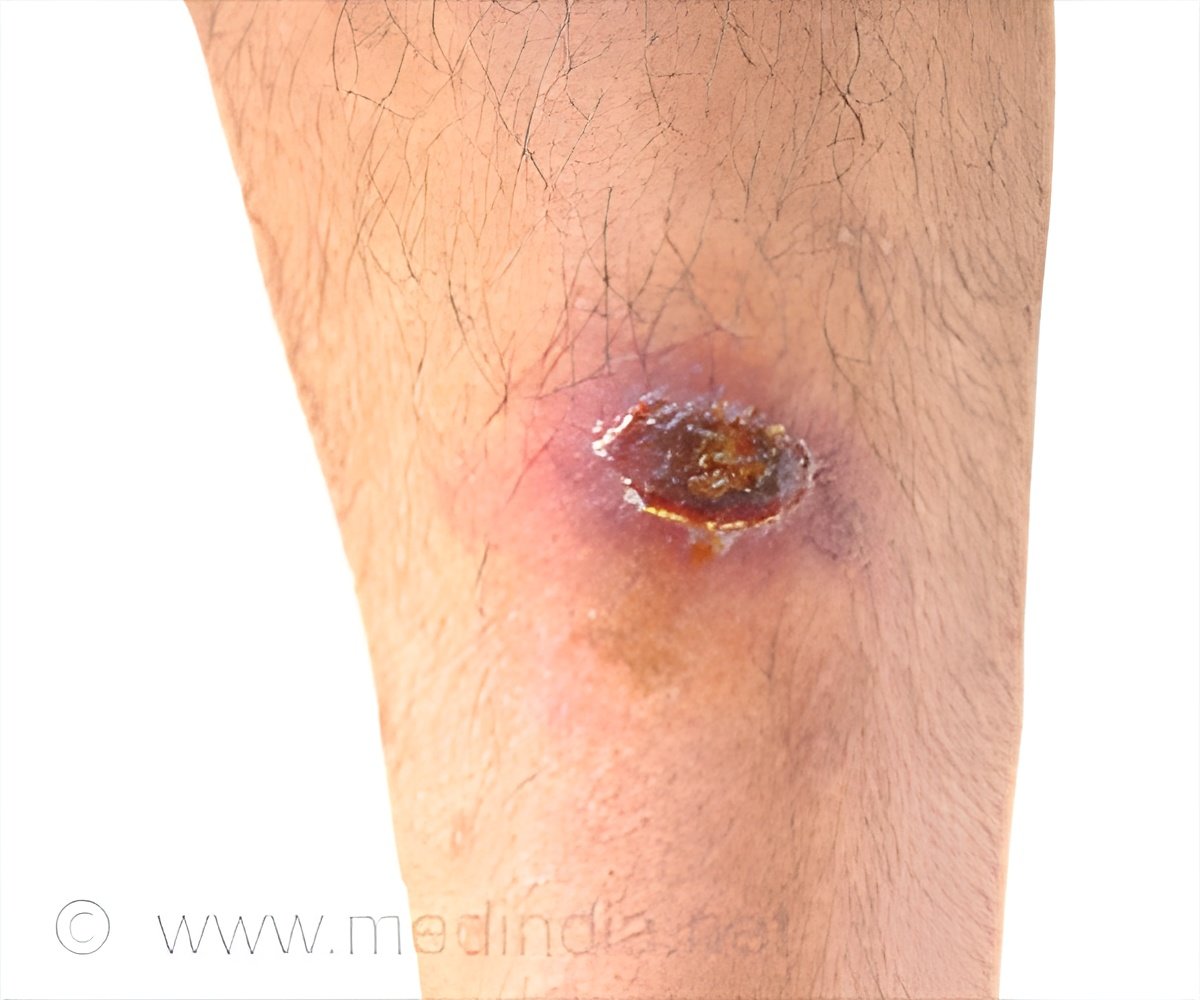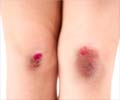
‘Ficin, an enzyme derived from the figs latex can be useful in treating the biofilms formed by Staphylococcus.’
Tweet it Now
Dr. Kayumov explains that currently different enzymes are used for wound treatment, such as trypsin, chymotrypsin, or collagenase - they clear wounds from necrotic masses and fibrin clots. He says, "If you treat wounds with an enzyme or protease, healing accelerates.Together with our Voronezh University colleagues we decided to try ficin which has not yet been studied well. It's worth mentioning that its close analog - papain derived from papaya - has already been introduced abroad.
We have used ficin against biofilms and found that it works beautifully. Moreover, it has fared better than trypsin. The complexity of the issue is that in biofilms bacteria are suspended in a matrix like in a jelly, and antibiotics cannot penetrate there.
In order for them to become active you have to increase the dosage significantly, sometimes thousand-fold. But it's reasonable to assume that the effectiveness can increase if the matrix is disrupted".
The Lab now considers testing other enzymes which can potentially be active against biofilms of various bacteria. Ficin is effective against Staphylococcus films because the latter include many proteins, but biofilms of bacilli, pseudomonades, and E. coli mostly contain polysaccharides, so the protease will not be effective against them.
Advertisement
The team now plans to progress to clinical trials. The enzyme has been so far tested on lab rats.
Advertisement
Source-Eurekalert












